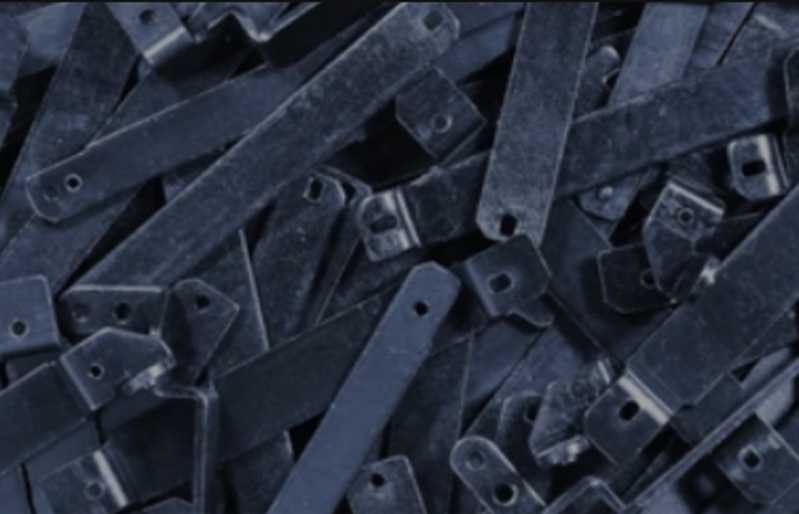Introduction:
CNC machining has revolutionized the manufacturing industry by offering precise and efficient methods of producing complex parts. Among the materials used in CNC machining, aluminum stands out for its versatility, lightweight, and excellent mechanical properties. This article will provide a comprehensive guide to CNC machining aluminum parts, highlighting the advantages, techniques, and considerations involved in the process.
Advantages of CNC Machining Aluminum Parts:
1. Lightweight: Aluminum is a lightweight material, making it ideal for applications where weight reduction is crucial, such as aerospace and automotive industries. CNC machining allows for intricate designs while maintaining the lightweight nature of aluminum.
2. Excellent Mechanical Properties: Aluminum possesses excellent mechanical properties, including high strength, corrosion resistance, and thermal conductivity. These properties make it suitable for various applications, ranging from structural components to heat sinks.
3. Versatility: CNC machining offers great versatility in shaping aluminum parts. It can produce complex geometries, intricate details, and tight tolerances, ensuring the desired functionality of the final product.
CNC Machining Techniques for Aluminum Parts:
1. Material Selection: Choosing the right grade of aluminum is essential for achieving the desired mechanical properties and surface finish. Commonly used aluminum alloys for CNC machining include 6061, 7075, and 2024. Each alloy has its own strengths and limitations, so understanding their characteristics is crucial for successful machining.
2. Cutting Tools: Selecting the appropriate cutting tools is vital for efficient and precise machining. High-speed steel (HSS) and carbide tools are commonly used for aluminum machining. Carbide tools are preferred due to their higher wear resistance and ability to withstand high cutting speeds.
3. Feeds and Speeds: Optimizing the feeds and speeds during CNC machining is crucial for achieving the desired surface finish and minimizing tool wear. Aluminum has a higher thermal conductivity compared to other materials, meaning heat is dissipated more efficiently. It allows for higher cutting speeds and feed rates, resulting in increased productivity.
4. Coolants: The use of coolants in CNC machining aluminum parts can help in dissipating heat and reducing tool wear. However, due to aluminum\’s excellent thermal conductivity, coolants are not always necessary for small or medium-scale operations. Dry machining can be a viable option, saving costs and reducing environmental impact.

Considerations for CNC Machining Aluminum Parts:
1. Chip Management: Aluminum generates long and continuous chips during machining, which can cause clogging and affect the machining process. Proper chip management techniques, such as using chip breakers, can help maintain a smooth machining operation.
2. Workholding: Aluminum parts can be prone to vibration and movement during machining due to their lightweight nature. Using effective workholding techniques, such as clamps or fixtures, is crucial to ensure stability and accuracy during machining.
3. Surface Finish: Aluminum is known for its ability to achieve high-quality surface finishes. However, factors such as tool selection, cutting parameters, and finishing operations, such as deburring and polishing, should be considered to achieve the desired surface finish.
Conclusion:
CNC machining aluminum parts offers numerous advantages, including lightweight, excellent mechanical properties, and versatility. By understanding the material selection, cutting techniques, and considerations involved in the process, manufacturers can achieve precise and high-quality aluminum parts for a wide range of applications. As CNC machining continues to advance, aluminum will undoubtedly remain a popular choice due to its unique properties and the ability to meet demanding manufacturing requirements.
-

- OEM Die casting manufacturer produce magnesium alloy wheel for kids push bike
-

- Bahagian logam tersuai papan tengah macbook dihasilkan
-

- Thixomolding parts & components cell phone middle board processed
-

- Bahagian & komponen basikal aloi magnesium untuk basikal tolak kanak-kanak
-

- Bahagian & komponen die-casted OEM
-

- Roda basikal bahagian faundri aloi magnesium dengan pemesinan CNC & kemasan permukaan

 0086-750-5616188
0086-750-5616188 +86 13392089688
+86 13392089688 sales@zhongmei-tech.com
sales@zhongmei-tech.com







